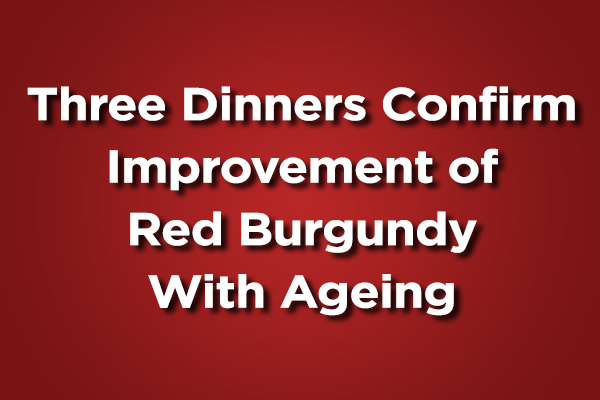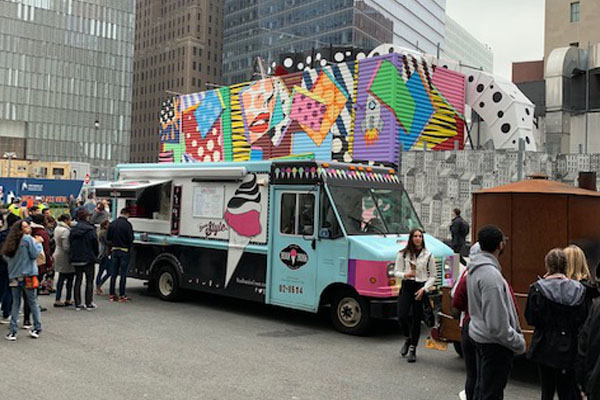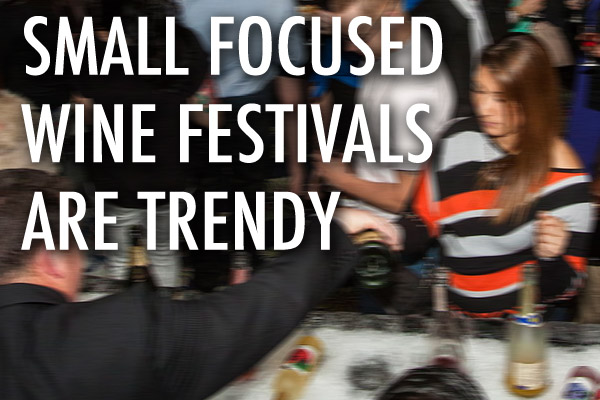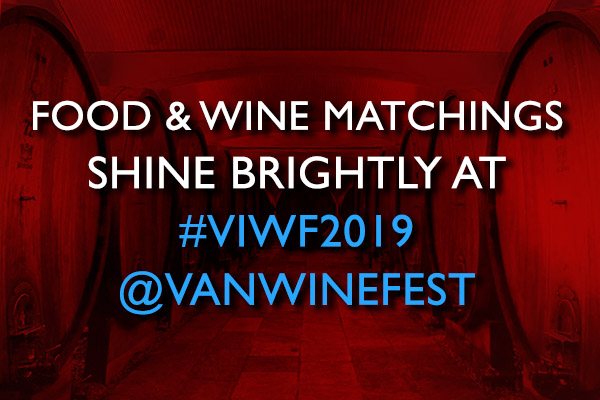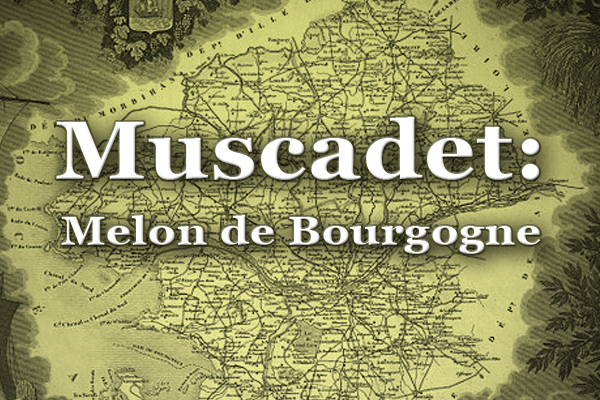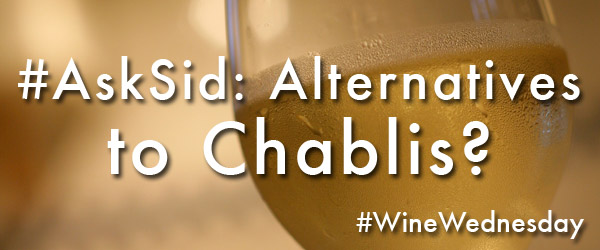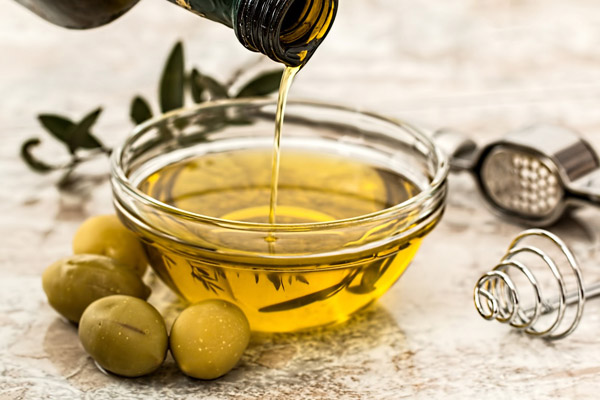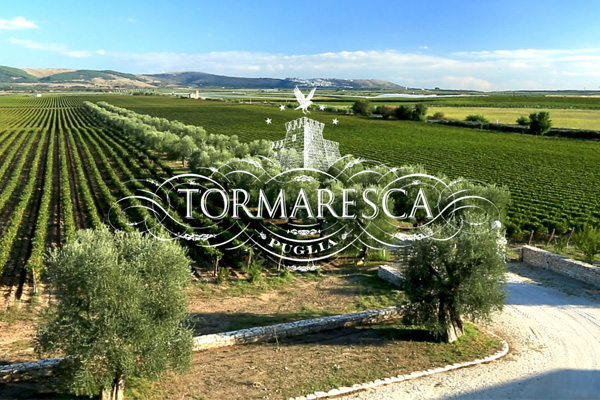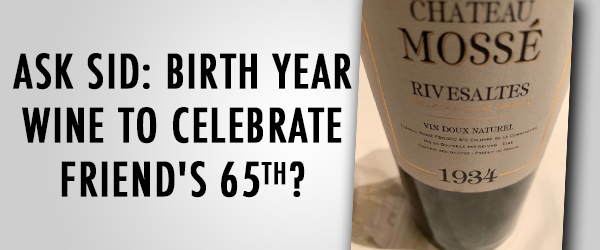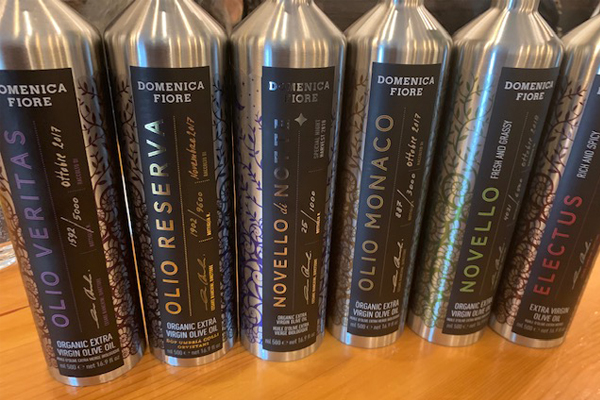
Your scribe really adores the best of Extra Virgin Olive Oil (EVOO) – almost as much as wine. It is definitely a top 5 food necessity! Lots in common with wine too from terroir to when to use – though EVOO is best the freshest you can obtain it while some wines like Madeira go on forever. Quality varies a lot. My regular go to is the fantastic EVOO from Argiano the winery in Montalcino Italy. However this week enjoying a Herade Do Esporao from the Alentejo wine region in Portugal & a Nekeas Arbequina from the Navarra Coop in Spain. Fun studying the differences in style. Last week had an opportunity from the Italian Chamber of Commerce in Canada- West to attend an educational seminar on EVOO by proprietario Frank Giustra (who says:”within the oil lies the memory of the land”) of his boutique Domenica Fiore (DF) presented by talented Chef Pino Posteraro. We are so lucky in Vancouver to have Pino who is one of the world’s greatest Italian chefs with his top restaurant Cioppino’s showing us the way. He has such knowledge and passion for top quality food and wine. DF EVOO is 100% traceable to their Estate in Umbria hand selected early harvest starting in October then modern small batch cold extracted within 4 hours and into nitrogen sealed 18/10 stainless steel bottles. Olives used are Frantoio, Leccino, Canino, and Moraiolo grown on trees in fossil rich soils with no pesticides or chemical fertilizers used. DF deserves respect and more recognition for the high quality EVOO they are producing. Superb product.
My fav was the organic Novello Di Notte from the 2018 harvest in 500 ml. format as super premium with fresh outstanding balance & depth from their night harvest. Pino cleverly showed all the selections to advantage with appropriate food matchings from specially morning baked crusty bread to tomatoes to burrata. The Monaco was delicate with dried fruit notes compared with the Reserva that showed more robust & peppery styling. Novello states on the label for consumer assistance as “Fresh and Grassy” while Electus shows “Rich and Spicy”. Veritas served last had a lovely fruity crispness. Also discovered a unique Organic Citrus Balsamic Vinegar made in Italy from lemon juice and grape must aged in Oak barrels by Ritrovo Selections in Seattle. Recommend you check out Domenica Fiore for quality EVOO.

center
You might also like:





